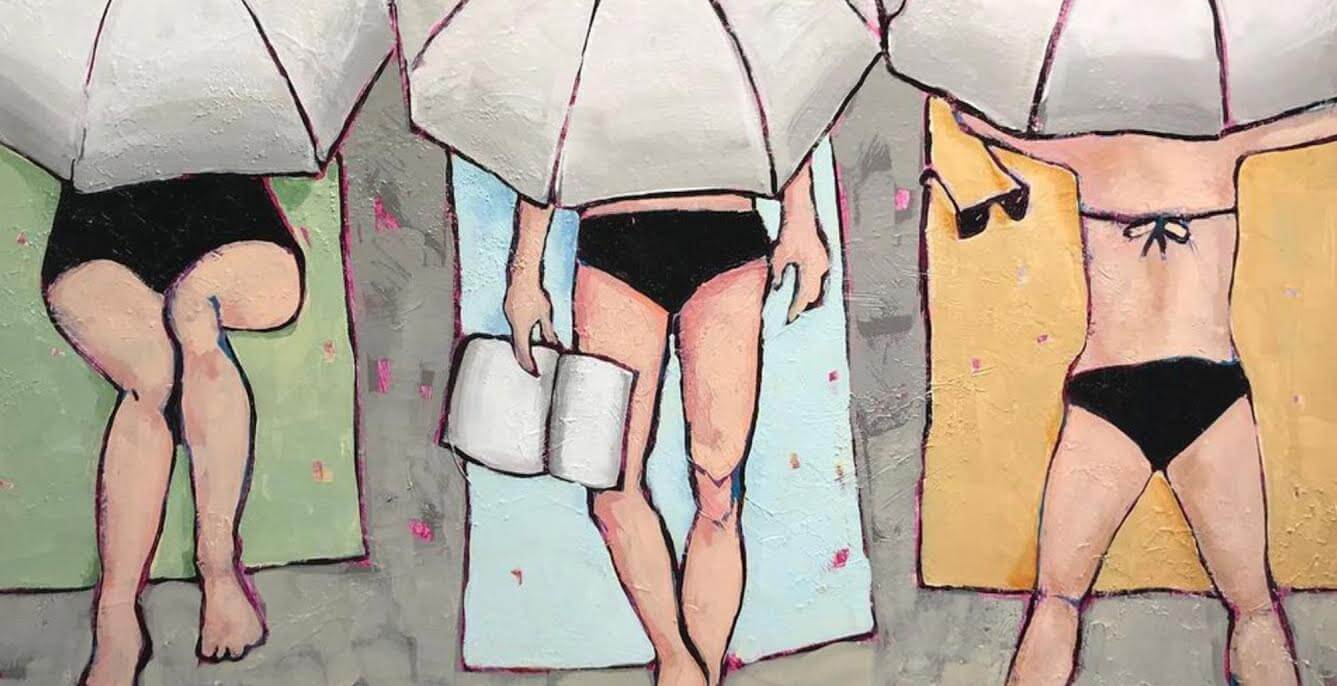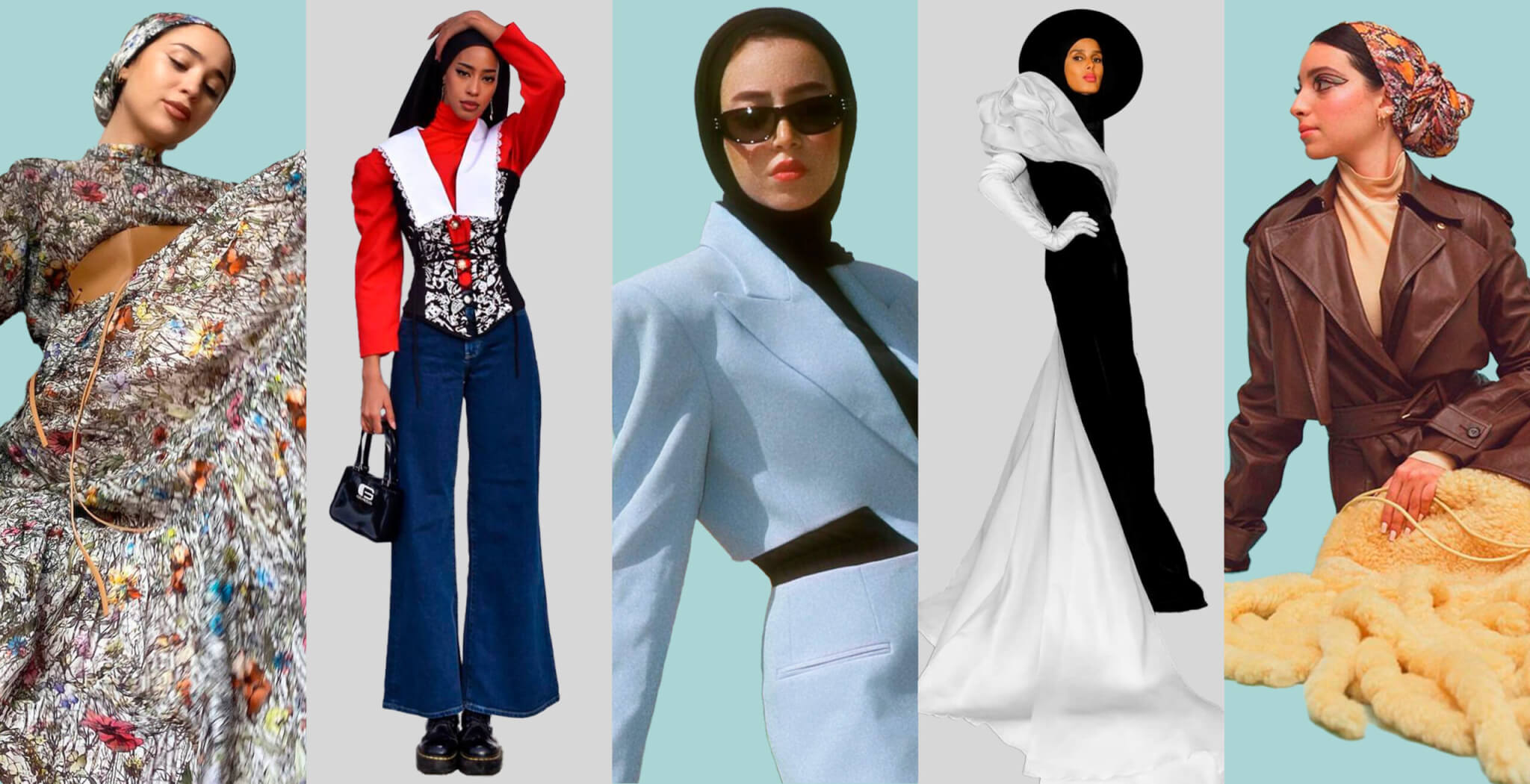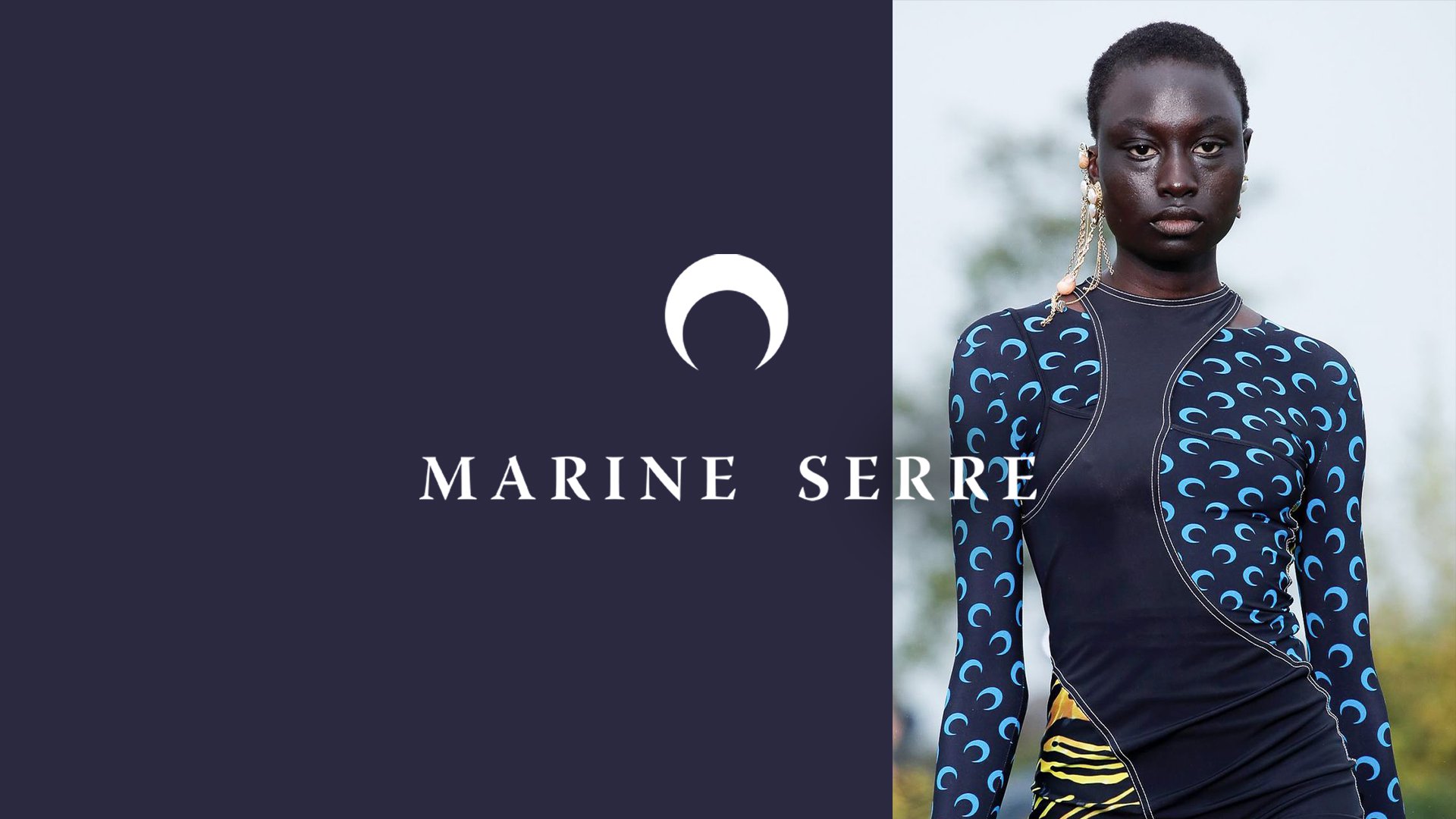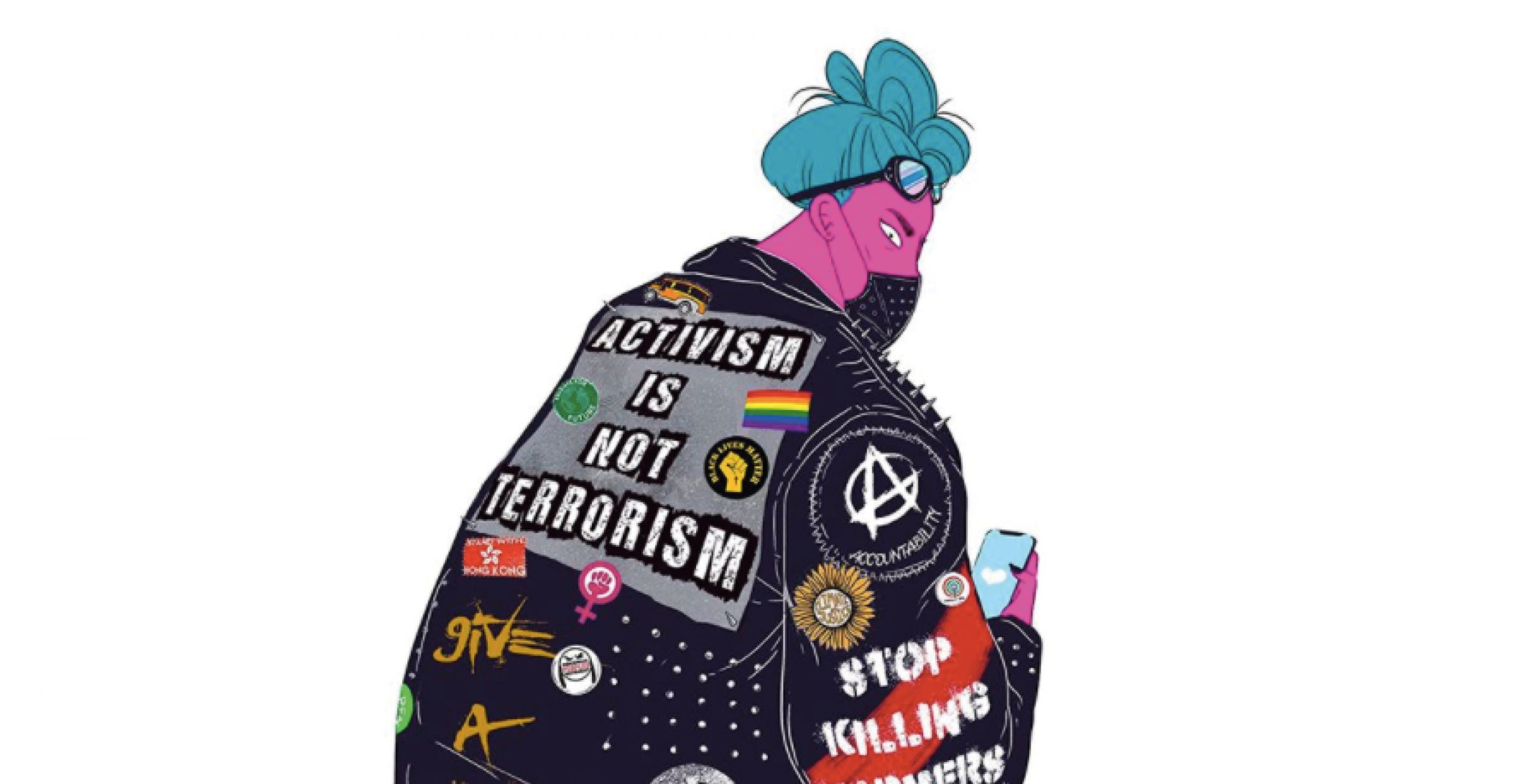“The Internet of 2014” uses a much broader means of coming back than we had anticipated. Addison Rae’s Instagram post on January 1st really had a chokehold on the internet users, resembling square pictures with the tremendous “1989” filter on them. Though it didn’t quite stick even within Addison’s page itself.
Apart from the square-dominated Instagram feed and Twitter’s (now X) 140-character limit back then, the 2014 Tumblr era brought us a new iteration of moodboards. Digitalization of subcultures inevitably led to the visualization of the requirements of the subculture. Tumblr was the main platform for combining visual and textual content, also mixing the subcultures themselves.
Borrowing aspects of different subcultures and implementing them into the others leads to the transformation of this very phenomenon. By the end of the 2010s and early 2020s, subculture no longer had depth leaving us with only the visual aspects of it – turning into a “-core” or “aesthetic”.
This brought us a new pleiad of “bloggers” (as we used to call them) – popular blogs with infinite mood-ish and vibe-ish content. They didn’t have any personal story behind them, just tons of movie screenshots with captures and Lana Del Rey’s lyrics accompanied by romanticization of smoking. They felt like pure children of the internet – not having any brand promotions on the page (at least, not the ones that brands were aware of), not disposing of any coherent message or motif, just straight-up aesthetic. This, however, turned out to be their main problem.
The absence of a person behind the blog didn’t provide any direct growth for the author posting stuff on the web, except the growth in following, which eventually didn’t lead anywhere either. Non-liquidity of such blogs seems to be the main reason for their disappearance. In return, Instagram bloggers with personal storytelling (rather, honestly, the absence of any) started showing their day-to-day lives. It didn’t take long for the brands to realize the commercial potential of these newborn niche internet micro-celebrities and put them up to use.
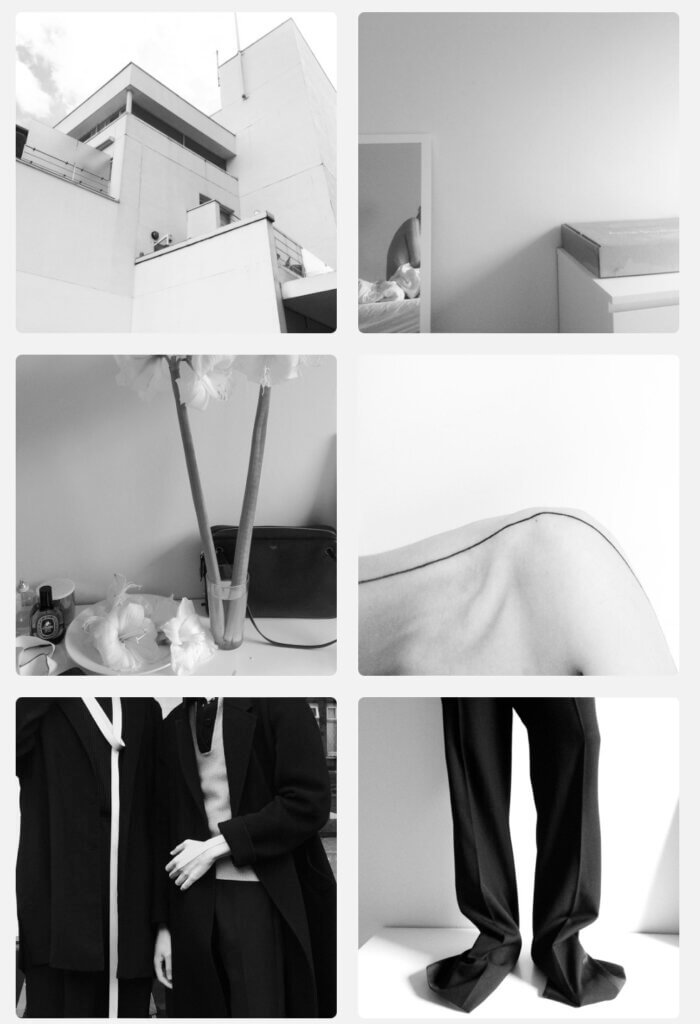
Perhaps, this was one of the reasons for Tumblr’s downfall. These personal profiles began to grow their own “personal brands” so other brands could use them to promote their product. To be honest, I believe many of the owners of those moodboard accounts on Tumblr were about to face the harshness of adulthood and they basically ran out of time to sustain these blogs for free.
Then, TikTok was about to change our internet behaviors once again, accelerating the trend cycles even more. Trends of different levels, from infamous “quiet luxury” to more fast-pacing like “clean girl” were circling and overlapping, separating the vast internet into a huge amount of visual communities. Brands and influencers were the ones to react properly to every slight change in TikTok’s limitless scrolling, trying to keep up with the customer’s expectations.
Consequently, moodboard accounts were replaced by personal blogs, which we later started calling ‘influencers’. The development of the influencer market had its own “waves” of influencers, eventually diversifying and branching out into an extremely broad selection of Instagram pages to follow. Groups of influencers found their own niches, setting down once unexplored, but now quite ramified and understandable systems.
The question remains open: how will the comeback of the 2014’s internet spirit change the way influencers behave? As mentioned earlier, Addison Rae’s slightly artificial square Instagram selfies didn’t quite stick with the audience. It was rather a one-time gag, not something sustainable.
What is seen happening now is quite a peculiar observation: smaller brands and some influencers are starting to implement mood board elements to their internet presence, adding more value to the storytelling.
The lack of depth is a common complaint with local and independent fashion labels, however, they just don’t possess enormous marketing budgets and other instrumentation arrays to build up storytelling as vividly as big fashion labels with a rich history do.
Therefore, visual diaries popular 10 years ago seem to be a perfect instrument for accommodating additional value to the brand’s clothes allowing them to sell items at a slightly higher price. Now it is a part of the brand’s world – to resemble the elements of a subculture. On top of that, an aesthetic component of the brand’s account is another reason for the customer to click the “follow” button, as they don’t want to end up with just product placement in their feed, but receive the desirable “inspo and community”.
Not being able to put up a fashion show, some brands perceive their internet accounts as the only means to stream their values. We all know that a fashion show is much more than clothes itself: it’s the music, the set design, the guests, the after-party, the models. Well, when an Instagram page is your only platform, you start to think about how to substitute these elements that are vital for the brand to thrive. Therefore, you start curating playlists (KYE Intimates), posting family members (Jacquemus), mood boards for the collection (Peter Do), doing the “what’s in my bag” trend (Vaquera), showing your personal life as a designer (Sophie Buhai), posting random curation of images (Romane Prunieres), recording podcasts (Officine Universelle Buly 1803) and so on.
The “moodboardification” of accounts is also occurring among influencers: 0,5x selfies with flash and cool outfits are no longer enough to stay interesting. It seems like influencer’s job has broadened past posting outfits. Some even curate a separate account for that purpose (Brenda Hashtag’s disruptiveberlin is an example). In the fast-paced internet environment, people don’t have time to read huge magazine articles, so influencers take that place instead.
What seemed like a trend for innocent photo dumps turned out to be a need for curated visual inspiration behind the person running the page. Now, influencers are not only constantly taking pictures of themselves, but they are also obliged to take pictures of everything that surrounds them. And it even takes it further to posting memes, movie screenshots with captions, and music playlists.
*Header: screenshot ig account @disruptiveberlin 11.03.2024










